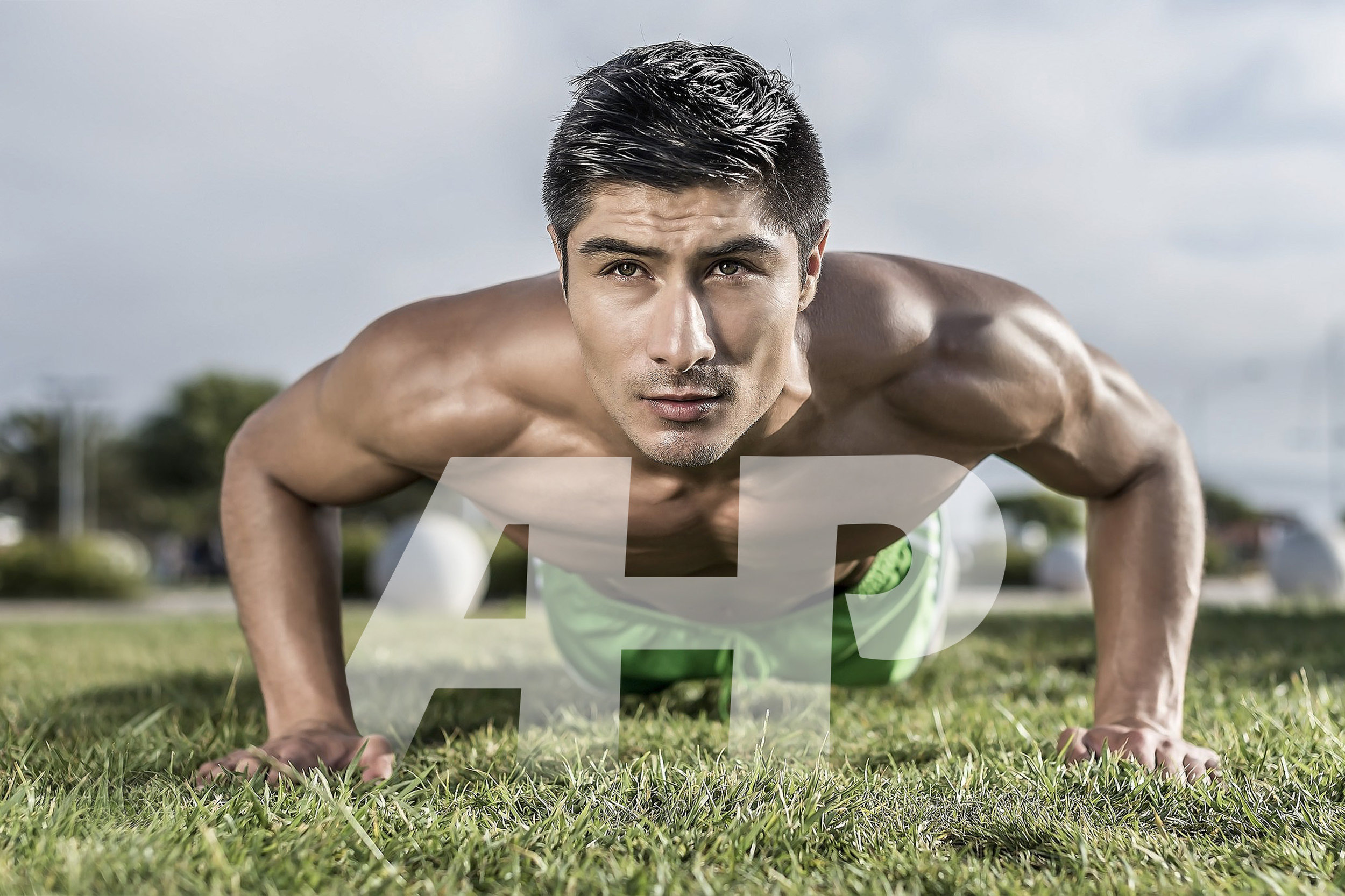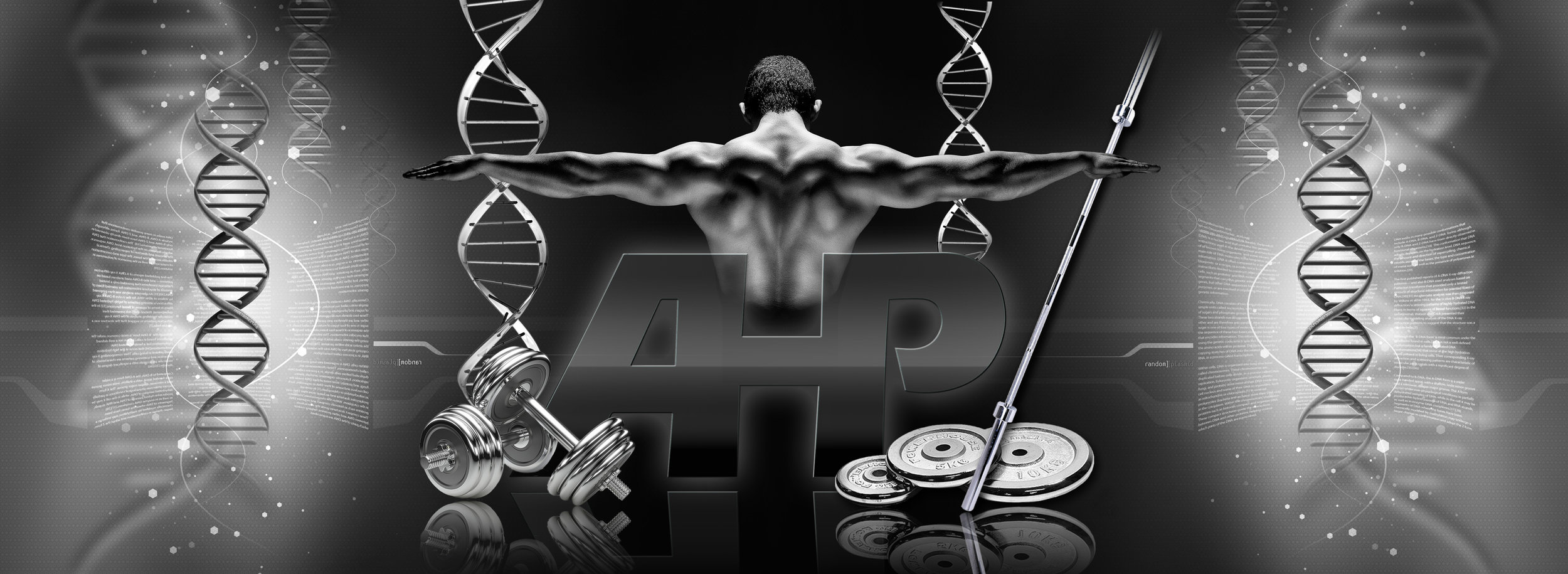The Best Way To Use The Smith Machine
Dr. Joel Seedman, Ph.D.
Let's face it, the Smith machine often gets a bad rap in the fitness industry. In fact, many trainers, coaches, and lifters tend to think of the Smith machine as the bastard stepchild to the traditional Olympic barbell that only emaciated weaklings and imbecile meatheads gravitate to. Now, I don’t necessarily share this same sentiment but I have to be honest. I don’t typically use the Smith machine with my athletes and clients as I tend to prefer the Olympic straight bar and other free weights predominately because they ingrain and require more functionally integrated movement. However, the one exception is the bilateral negative accentuated training method (BANA) also known as the “up with 2 down with 1 protocol”. In fact, I would argue that this is one of, if not the most effective way to use the infamous Smith machine. Here’s why.
The 2:1 BANA method is one of the most effective eccentric overload and negative accentuated protocols there is. Not only does it produce incredible gains in functional strength and hypertrophy but it’s also very effective for targeting each limb individually during the eccentric portion of the lift. Essentially what you’re doing is performing the concentric phase of the lift with 2 limbs and the eccentric phase with 1 limb thereby providing greater eccentric overload during that eccentric or negative movement.
Unfortunately, this technique is often limited to machines or cable systems such as seated machine rows, lat pulldowns, leg extensions, leg curls, chest press machines or other variable resistance pieces of equipment. While it’s impossible to apply this exact technique to traditional barbell moves for obvious reasons, this same concept can be applied to a number of movements using the Smith machine. Essentially the Smith machine allows the lifter to apply the BANA method to a variety of traditional compound movements while also providing the closest thing possible to replicating compound barbell movements. For instance, using the Smith machine the 2:1 BANA method can be employed on bench press variations, bent over rows, over head presses, upright rows, and even back squats and front squats as I demonstrate in the videos alongside several of my awesome clients Leslie Petch and Ben Lai.
Here’s a bit more detail about applying the BANA method to each of the Smith machine movements.
Bench Press Variations
If you’re looking for an incredibly brutal yet highly effective method for increasing your bench press strength while also building monster pectorals, you’ll want to give the “up with 2 down with 1” BANA method a try using Smith machine chest presses. Simply start with the weight in the top position, release one arm to your side, and lower the load very slowly. Rather than resting the weight on your body, pause in the bottom 90 degree position several inches before touching your chest, then immediately bring the non-working arm back to the bar and press the bar up symmetrically with both arms.
Repeat this cycle for 3-4 repetitions on each arm for a total of 6-8 reps per set. Besides crushing your chest, shoulders, and triceps, don’t be surprised if you feel like your abdominal musculature and core get pulverized as you resist rotating off the side of the bench when you move into the eccentric single arm position. This technique can be applied to any angle chest press including flat, incline, and decline positions.
Bent Over Rows
The BANA method can easily be applied to bent over barbell rows using the Smith machine. Start by rowing the weight up with both arms, release one arm, then perform the eccentric phase with 2 arms. The level of upper back and lat activation involved is enormously high so expect some tremendous increases in functional strength and mass from these. Just don’t let your shoulders round over and overly protract or elevate in the stretched position.
The biceps, grip and forearms also get taxed quite thoroughly. Similar to the bench press the rotary stability muscles of the core also receive intense simulation as you focus on locking your body in and resisting rotation throughout the set.
Overhead Press
The 2:1 BANA overhead press builds monster overhead strength and massive deltoids. The protocol is almost identical to the chest press. However, there are three methods that can be used. First, the lifter can employ an upright bench with back support. Second, the lifter can perform them by simply sitting on the edge of a bench with no back support which uses more core and full body strength as demonstrated by my bodybuilding client Ben Lai. Lastly, the lifter can perform them in a kneeling or half-kneeling position as demonstrated by my figure athlete Leslie Petch. This method requires even more core and full body activation to stabilize your torso.
Upright Row
I’m typically not a huge fan of upright rows as they can be problematic for individuals with shoulder issues. However if you’re shoulders are healthy and you’re looking for a brutal way to use eccentric overload on more isolation-type exercises for the deltoids, the 2:1 BANA method using the upright row in the Smith machine is tough to beat. The key is not bringing the bar excessively high as this can aggravate the shoulder. The height Ben brings the bar to in the video represents the highest you would want to row the weight to during this movement.
Squats and Variations
By using the Smith machine, the bilateral assisted negative accentuated (BANA) training method (up with 2 down with 1) can easily and effectively be applied to back squats. In fact, the eccentric overload technique is sure to spark incredible levels of functional strength and hypertrophy throughout the quads, glutes, and hamstrings. Here’s one of my awesome figure athletes Leslie Petch demonstrating with 2 different protocols.
The first method involves performing the eccentric phase with 1 leg essentially turning the movement into a single leg squat. Once the bottom position is reached the lifter moves the elevated/back leg forward, right next to the support leg then immediately performs a traditional close-stance bilateral squat before repeating the sequence for the desired rep scheme. In other words it’s a single leg squat into a double leg squat protocol.
The second variation is quite similar yet even more intense. You’ll still be performing a single leg squat on the eccentric phase. However, rather than pulling the back leg forward into a double leg squat position, the lifter will simply drop the back foot to the ground and perform a lunge on the concentric phase. In other words the main difference between the two methods is that the first protocol involves a bilateral squat on the concentric phase while the second more advanced technique involves a lunge or split squat on the concentric phase. Another way to think of this is that it’s a single leg squat into a split squat lunge.
Both methods are highly effective and some lifters will find one more natural and comfortable than the other. In addition, the same protocol can be applied to front squats to further emphasize the quads. Regardless of what method you use, be prepared for some serious soreness throughout your entire lower body followed soon thereafter by some incredible mass and strength gains in your quads, glutes, and hamstrings.
Loading Protocols
Generally speaking you’ll want to use 50-65% of your 1RM on the concentric phase of the movement. This means that the load will be approximately 120% of your 1RM for the bilateral single arm variation which is optimal for performing eccentric overload protocols.
Alternating vs. Non-Alternating Protocols
I recommend performing several sets of 3-4 reps per side in an alternating fashion on each set. Although some lifters like performing all of the reps on one side of the body before moving to the other side (non-alternating fashion), I recommend performing them in an alternating fashion as demonstrated in the videos. That’s because the 2:1 BANA method is predicated on maximizing eccentric overload, muscle damage, and mechanical tension rather than metabolic stress.
Performing all repetitions on one side of the body while it does cause greater metabolic stress and cellular swelling, it also causes excessive fatigue that can minimize the overload and micro trauma effect. Alternating sides provides sufficient time for each side to rest before repeating the intense eccentric contraction. This produces the greatest levels of mechanical tension and muscle damage which are the most critical components for optimizing any eccentric training stimulus.
Bonus!! Zercher Squats with Smith Machine
Recently I’ve found the smith machine to be one of the best ways to overload single arm Zercher squats in a safe and effective method similar to the hanging ab strap variations shown above. An added benefit of these is that you’ll be forced to pull back against the barbell with your upper back and arm in order to keep the smith machine hooks from folding back onto the safety pins.
This reinforces proper postural mechanics, shoulder positioning, and upper back activation, as well as teaching the lifter to sit back into their hips rather than allowing excessive anterior knee drift during squats. Although there’s not a significant amount of instability since the bar is fixed into a specific path, the core activation produce from these is inordinately high due to the extreme offset/single side loading.
BONUS: BAND BANA 2:1 Eccentric Overload
Unfortunately the BANA method is typically limited to variable resistance machines, landmine variations and smith machine variations, as shown above. Because of this the lifter is typically not fully engaging their stabilizers & is locked into a semi fixed/rigid path dictated by the machine. Additionally, most upper body free weight variations including barbell movements don’t practically allow the application of the BANA 2:1.
This is where the band variations come in handy. Essentially it allows the lifter to naturally apply the BANA 2:1 method while simultaneously performing movements that involve similar instability, motor control, & freedom of movement as traditional free weight variations.
For instance the floor press variations feels similar to an accommodating resistance barbell chest press on the concentric then quickly turns into a unilateral eccentric that feels similar to an unstable dumbbell or kettlebell press. Simply, we get the best of both worlds allowing us to use traditional free weight activation patterns with the BANA 2:1 method that’s typically only used with machines.
Lastly for the pressing variations, the band is less stretched on the single arm eccentric phase compared to the double arm concentric. This allows greater overload on the concentric than what’s typically seen with the BANA 2:1 method where the concentric is usually a bit of a throwaway.
These also the blast the core due to anti-rotation.
To learn more about implementing unique exercises such as these into your training routine check out my Complete Templates.












































